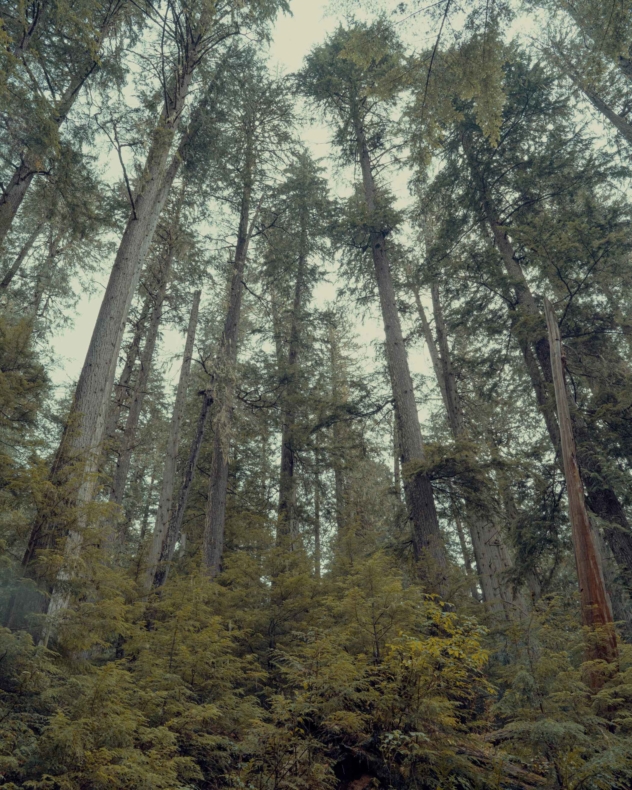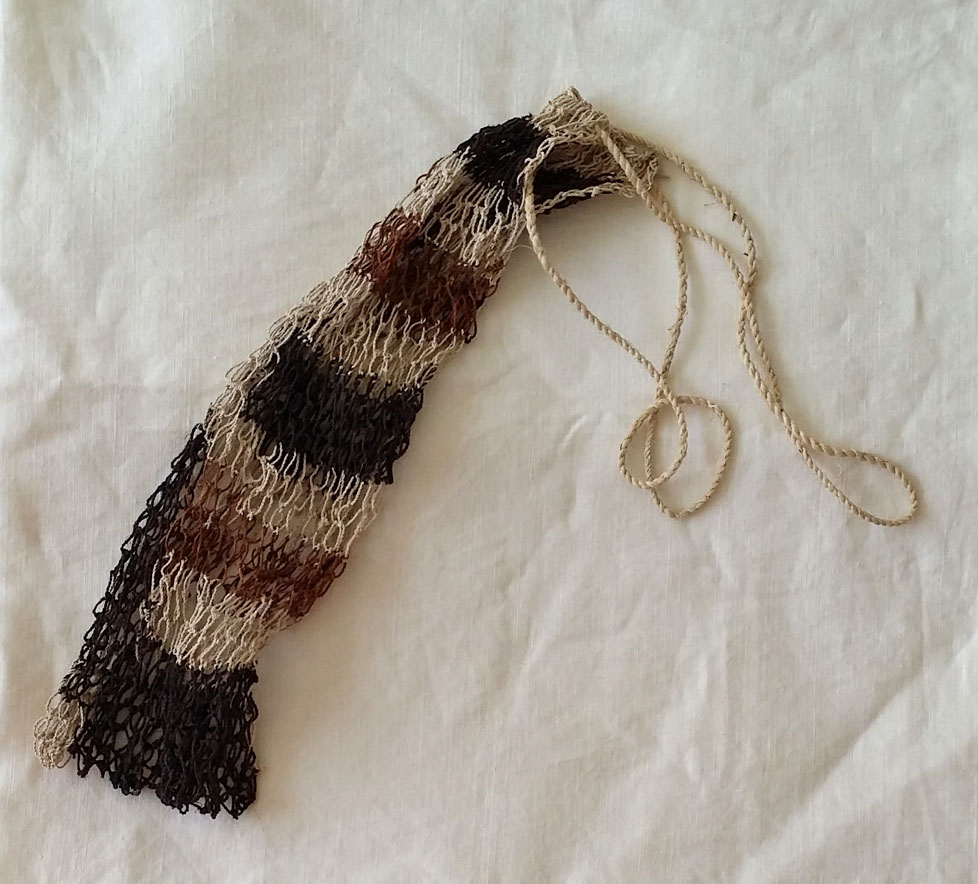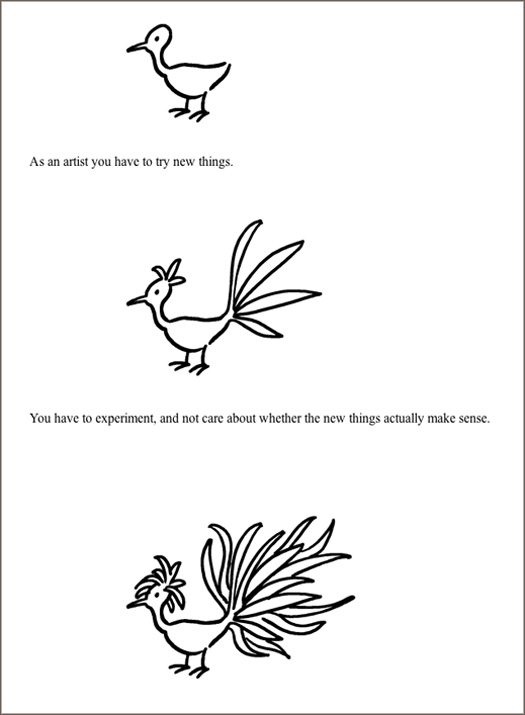Ferris Jabr’s deeply-pleasurable “The Social Life of Forests” tells the story of scientist Susan Simard whose pioneering research changed the way we think about the fundamental nature of forests: as complex deeply-connected networks that allow trees to communicate and cooperate. The interactive New York Times Magazine piece can be read or listened-to like an audio book or podcast here, accompanied by Brendan George Ko’s evocative photographs.

In his introduction to the audio version, Jabr describes why Simard’s work resonates so strongly:
I think that for a long time biologists, botanists, foresters thought of trees as competing individuals. But what Suzanne has shown is that the model is far too simplistic. There’s clearly a lot more going on in a forest and in any ecosystem. There’s negotiation, there’s compromise, there’s reciprocity. So much of what Suzanne’s studies are about is connection.. And I think right now, because of the pandemic…
…The pandemic has revealed just how connected we all are and how vulnerable we become when these networks break down. And I think that really underscores that reciprocity and cooperation is important for any society or ecosystem whether it’s a forest one or human one or otherwise.

Listening to “The Social Life of Forests” we vicariously experience Jabr’s growing awareness as he accompanies Simard through a forest:
Trees have always been symbols of connection…Yet for most of recorded history, living trees kept an astonishing secret: Their celebrated connectivity was more than metaphor — it had a material reality.
As I knelt beneath that whitebark pine, staring at its root tips, it occurred to me that my whole life I had never really understood what a tree was. At best I’d been aware of just one half of a creature that appeared to be self-contained but was in fact legion — a chimera of bewildering proportions.

We especially love Simard’s thinking on how trees might experience us:
“I think these trees are very perceptive,” she said. “Very perceptive of who’s growing around them. I’m really interested in whether they perceive us.” I asked her to clarify what she meant. Simard explained that trees sense nearby plants and animals and alter their behavior accordingly: The gnashing mandibles of an insect might prompt the production of chemical defenses, for example. Some studies have even suggested that plant roots grow toward the sound of running water and that certain flowering plants sweeten their nectar when they detect a bee’s wing beats. “Trees perceive lots of things,” Simard said. “So why not us, too?”
Related Posts





I’ve been obsessed with this essay for the past week. I’ve listened to it on “The Daily” podcast twice, read it three times and forwarded it to many. As someone involved in activism, I feel there are so many examples from Simard’s research that can help us truly collaborate on the issues we face, whether they are climate and environment focused or the myriad social injustices that demand our responses. I found this piece (and Brendan George Ko’s images) life-altering. The “Overstory” is my next read.
I found it life-altering as well, as it gave a much more detailed and expansive view of what has been the general headline for a while. The Overstory is a beauty that I am going to re-read. You are in for a treat…